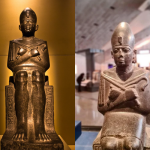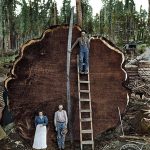Echoes of Laughter: A Modernist Childhood in Redditch
- KimLoan
- September 24, 2025

Related Videos:
The year is 1971, and in the burgeoning “New Town” of Redditch, England, a silent revolution in childhood was underway. Across postwar Britain, a new kind of playground was emerging, a stark contrast to the familiar swings and slides of yesteryear. These were the modernist playgrounds, bold landscapes of concrete, steel, and geometric forms, designed not just for play, but to ignite the very spark of imagination.

Imagine a child, perhaps seven years old, standing at the foot of one of these architectural wonders. It wasn’t just a slide; it was a gleaming, curved concrete tunnel, a portal to another dimension. It wasn’t just a climbing frame; it was a steel jungle, a fortress, a spaceship waiting for launch. These structures, almost sculptural in their design, transformed simple play into an adventure, a physical and imaginative journey.

For the children of Redditch, a town designed to offer a fresh start away from the crowded streets of Birmingham, these playgrounds were more than just places to spend an afternoon. They were symbols of hope, of a future where urban planning embraced the joy and freedom of childhood. Here, amidst the clean lines and bold shapes, friendships were forged, minor scrapes were worn as badges of honor, and the world was an endless canvas for invention.

Every scraped knee, every dizzying spin down a concrete slide, every daring climb to the top of a steel arch etched itself into memory. These playgrounds, though later criticized for their hard surfaces and “unsafe” designs, were places where resilience was built and creativity was unbridled. They fostered a sense of independence, a quiet confidence born from navigating abstract shapes and conquering perceived heights.

Today, many of these modernist playgrounds have vanished, replaced by softer, more standardized equipment. But the photographs from Redditch in 1971 endure, capturing more than just children at play. They capture a fleeting moment in time when design dared to be different, when concrete could inspire dreams, and when the simple act of play embodied the vibrant, experimental spirit of an era. They whisper tales of laughter echoing through geometric forms, of small hands gripping cool steel, and of a generation that found its own kind of magic in a modern world.











